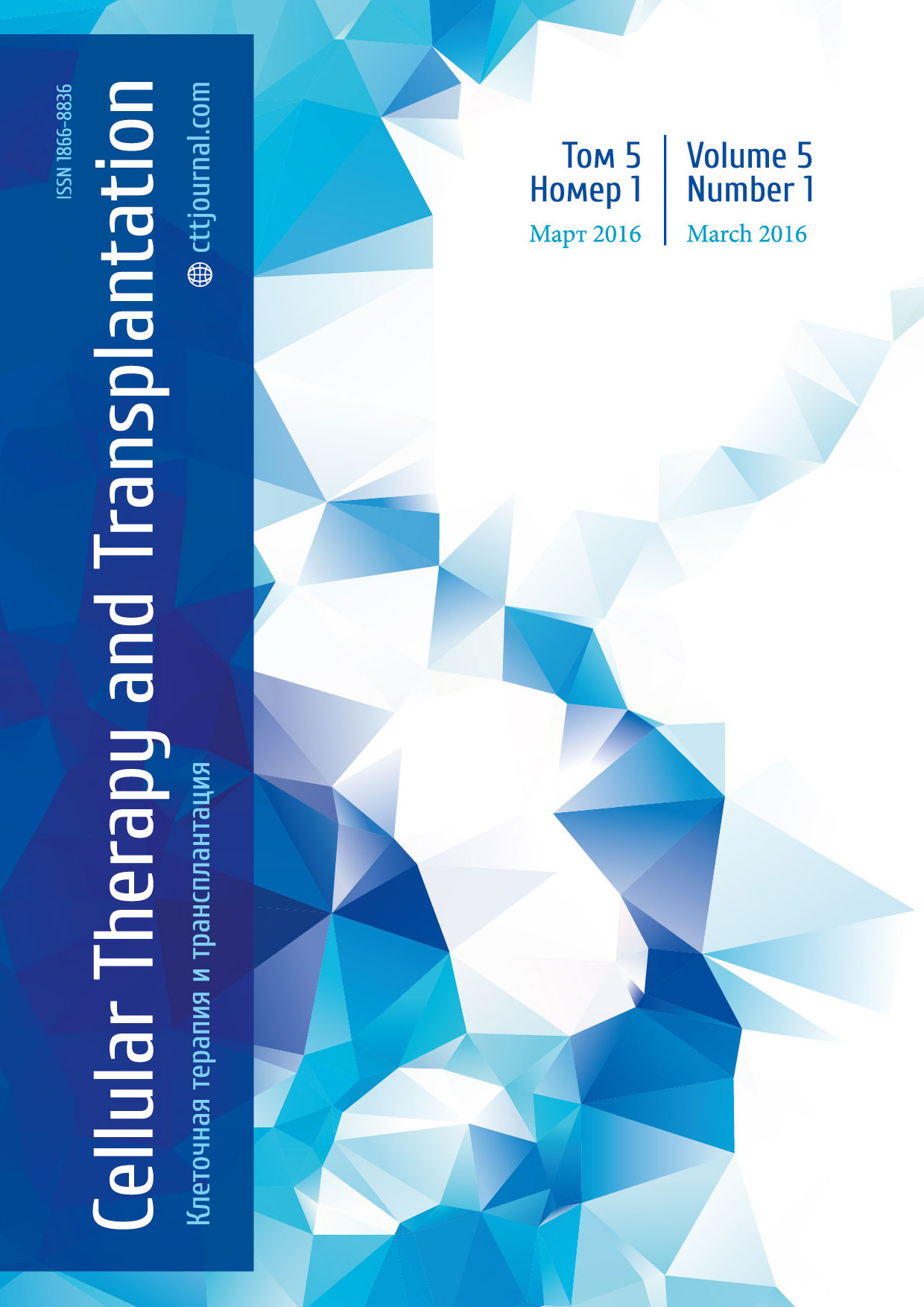Genomic DNA breakpoints in MLL and translocation partner genes: correspondence to clinical parameters and treatment outcome in infants with acute leukemia
Grigory A. Tsaur1, Claus Meyer2, Anatoly M. Kustanovich3, Alexander M. Popov1, Tatiana O. Riger1, Elena W. Fleischman4, Olga I. Sokova4, Yulia V. Olshanskaya5, Elena А. Matveeva5, Olga V. Streneva1, Egor V. Shorikov1, Leonid I. Saveliev6, Rolf Marschalek2, Larisa G. Fechina1
1 Regional Children’s Hospital N 1, Research Institute of Medical Cell Technologies, Ekaterinburg, Russian Federation
2 Diagnostic Center of Acute Leukemia, Institute of Pharmaceutical Biology/ZAFES, Goethe-University of Frankfurt,
Frankfurt/Main, Germany
3 Belarusian Research Center for Pediatric Oncology, Hematology and Immunology, Minsk, Belarus
4 N. N. Blokhin Russian Cancer Research Center Russian Academy of Medical Science, Moscow, Russian Federation
5 D. Rogachev Federal Research Institute of Pediatric Hematology, Oncology and Immunology, Moscow, Russian Federation
6 Ural State Medical University, Ekaterinburg, Russian Federation
Summary
Purpose
To evaluate the relation between genomic DNA breakpoints in MLL and translocation partner genes (TPG) and clinical parameters of infant AL.
Methods
87 infants (32 boys and 55 girls with median age of 4,9 mo) with MLL-rearranged acute lymphoblastic leukemia (ALL) (n=63), acute myeloid leukemia (AML) (n=22) and mixed phenotype acute leukemia (MPAL) (n=2) were included in the current study. Genomic DNA breakpoint detection in MLL gene and translocation partner genes (TPGs) was performed by long-distance inverse PCR (LDI-PCR). Exon-intron numbering of MLL gene was done according to I. Nilson et al, 1996.
Results
Majority of ALL cases was characterized by presence of MLL-AF4 fusion gene (FG) (n=35; 55%), less frequently MLL-MLLT1 (n=12; 22%), MLL-MLLT3 (n=8; 13%) and others were found. The most common breakpoint location within MLL gene in ALL patients was intron 11, detected in 31 cases (49%), less frequently breakpoints in intron 10 (n=13; 21%) and intron 9 (n=9; 14%) were found. The highest variability of MLL breakpoints was found in MLL-AF4-positive patients: only 15 of 35 (43%) had breakpoints in intron 11. The most stable pattern of MLL genomic DNA breakpoints was observed in MLL-MLLT1-positive patients: 9 of 14 (64%) had breakpoints in intron 11. In AML patients the most prevalent FG was MLL-MLLT3 (n=8; 36%). The most frequent breakpoint location was intron 9 (n=10; 45%), less often they were found in intron 10 (n=5; 23%) and 11 (n=4; 18%). The most stable pattern was revealed for MLL-MLLT10 FG: MLL breakpoints in 4 of 5 (80%) cases were found in intron 9. In TPGs the most frequent breakpoint locations were as follows: in AF4 – intron 3 (n=25; 69%) and intron 4 (n=7; 19%); in MLLT1 – non-coding region between ACER1 and MLLT1 (n=9; 60%) and intron 1 (n=5; 33%); in MLLT3 – intron 5 (n=13; 81%); in MLLT10 – intron 8 and intron 9 (n=2; 33% each); in EPS15 – intron 1 (n=3; 75%). The pattern of breakpoints locations in TPGs was similar in ALL, AML and MPAL cases. Distribution of DNA breakpoints in MLL gene was similar in boys and girls and did not depend on type of TPG. ALL patients who had breakpoints in intron 11 were significantly younger than all other patients (3,1 vs 5,6 mo p=0,035), mainly due to the difference to intron 9 patients (3,1 vs 6,6 mo p=0,040). We did not find any correlation between gender and initial white blood count to the MLL breakpoints distribution. In AML cases there was not any correlation between age, gender, initial white blood count and specific locations of breakpoints in MLL gene. We evaluated prognostic significance of MLL breakpoint locations in 46 cases of infant ALL homogenously treated by MLL-Baby protocol. 5-year EFS was significantly lower in patients with breakpoints in intron 11 (n=29) in comparison to patients with breakpoint localized from intron 7 to exon 11 (n=17) (0,16±0,07 vs 0,38±0,14 p=0,039). While cumulative incidence of relapse was remarkably higher in the first group of patients (0,74±0,09 vs 0,52±0,17 p=0,045). Median follow-up time was 36 months (range 20–94). Although in Cox regression model including breakpoint location in intron 11 together with age, immunophenotype, initial white blood cell count, initial CNS involvement, type of MLL rearrangements, absolute blast number at day 8 of dexamethasone pro-phase, minimal residual disease (MRD) at time point 4 (TP4) of MLL-Baby protocol, the only significant covariate was the presence of MRD at TP4 (HR 5.994, 95% CI 2,209-16,263, p<0,001).
Conclusions
Among MLL TPG the most stable distribution of breakpoints was in MLLT1, the most heterogeneous in AF4 и MLLT10. The most common breakpoint position in MLL gene in infants with ALL was intron 11, in AML intron 9. Breakpoints in intron 11 of MLL gene led to significantly worse outcome in infants with ALL, treated by MLL-Baby protocol, although this parameter was overcome by MRD-positivity at TP4. The latter one was the only independent covariate in multivariate analysis. Our data provide additional information of molecular genetic features of MLL-rearranged infant AL.
Keywords
Acute leukemia, infants, 11q23/mll rearrangements, mll-baby, treatment outcome


